Quince – a beautiful tree with great fruit
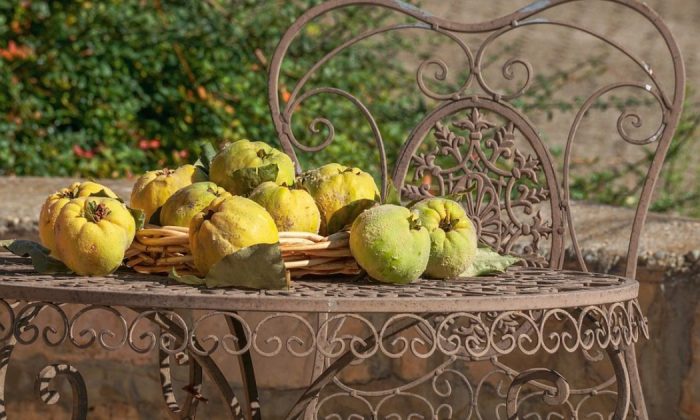
The quince (Cydonia oblonga) is a rather unknown fruit and yes, the vast majority of us have heard of quince but few of us had a chance to taste this fruit. You will hardly see it in stores and if you do, the quality is questionable. It definitely has a status of an exotic plant and it is usually cultivated by experienced gardeners who focus on rare plants. Quince looks like something between an apple and pear and even though it is unknown fruit today, people has been using quince for about 400 years.
The tree
Quince is a small tree suitable for smaller gardens. It grows to a height of 3 to 5 meters. The fruit cannot be eaten raw and some may see this as a disadvantage. True, but when you see quince tree blooming you may change your mind. It is a wonderful sight. Many people grow quince for decorative purposes only. The flowers are much larger than apple or pear flowers. They are usually white or pinkish white, but there are also special varieties that produce deep and rich colours.
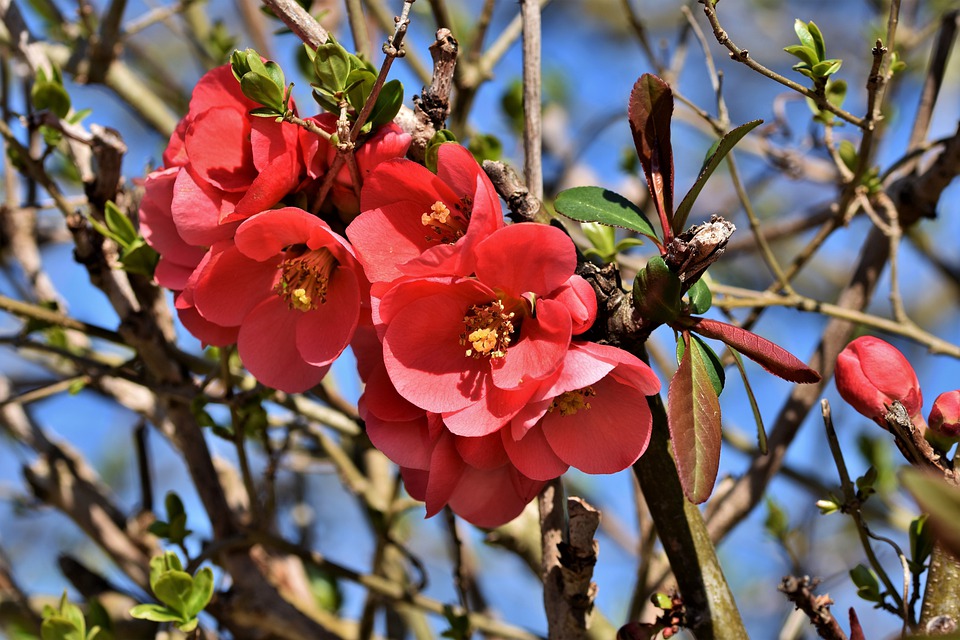
Photo: Pixabay
Basic requirements for cultivation
Quince is not as frost-resistant as for example an apple tree so, you need to choose a place where it will not be exposed to cold and dry winds. It loves the sun. The fruit start developing only after cold or freezing temperatures are gone and that is good, as frost will not damage it. Quince does well in acidic to neutral soils, but it will grow in other soils too, such as insandy to medium heavy soils. Make sure the tree is not flooded with water. Good soil permeability is important. Quince is able to handle short periods of drought well – better than too much water.
Watering quince
Trees need to be watered. Adult trees should be watered about 4 to 5 times per season. First, you need to water before flowers start to develop, and then during flowering. The third time is when trees produce new shoots and the fourth watering time is when flowers are developing. The watering needs to be abundant because the water needs to reach the roots, which are around 1 meter deep. You will need from 450 to 800 litres of water (depending on the size of the tree), and that is a lot. Little watering will do no good.
Pruning
Quince does not require regular pruning and that is a big advantage over apple and pear trees. Pruning is mainly done to maintain the shape of the crown or if branches are too dense. . You may prune once every two to three years. Quince is sensitive to freezing temperatures, so you should prune in March or later.
Wintering
Quince does not like frost, mainly because it has a shallow root system so, before the winter, comes you need to cover the area around the tree with mulch. You may use fallen leaves. If a very cold winter is expected, use a special garden fabric – mainly for young trees.
Harvest
You may harvest when the fruit is bright yellow and without the whitish covering. This usually occurs in mid-October. The longer the fruit remains on the tree, the tastier it will be but make sure it will not freeze while still on the tree. Fruit that you have removed to avoid cold temperatures may ripe on a windowsill. Quinces cannot be consumed raw because they are too hard and sour but the fruit is excellent in jams. Their taste may be described as a mixture of roses, apples and lemon. Pretty cool.
Source: https://twojogrodek.pl/…ami
Preview photo: Pixabay

Gardening is my hobby, I have a lot of experience and I am happy to share it.




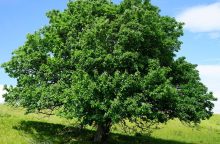
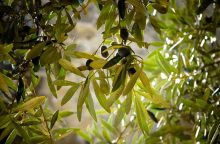

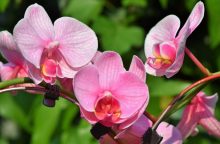
0 comments